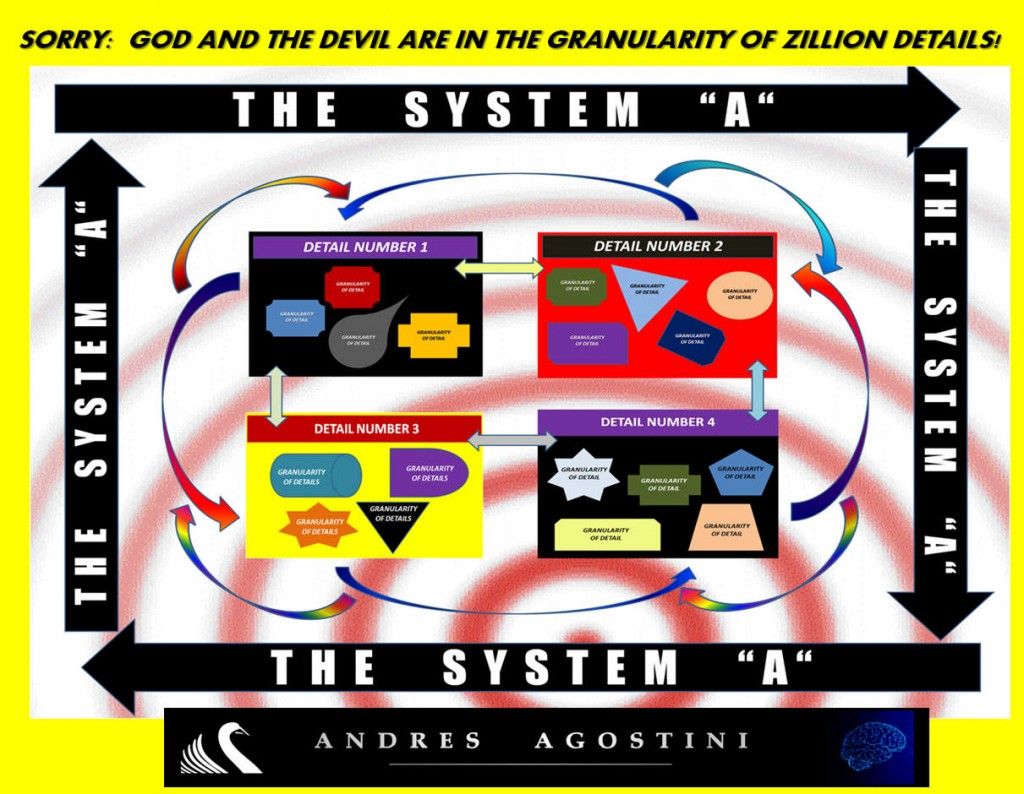Nov 17, 2014
A New Economic Layer — BitCoin, Cryptorcurrency, and Blockchain Technology
Posted by Rob Chamberlain in categories: big data, bitcoin, business, complex systems, computing, disruptive technology, economics, electronics, encryption, engineering, ethics, finance, futurism, geopolitics, hacking, human trajectories, information science, innovation, internet, law, materials, media & arts, military, open access, open source, policy, privacy, science, scientific freedom, security, software, supercomputing
Preamble: Bitcoin 1.0 is currency — the deployment of cryptocurrencies in applications related to cash such as currency transfer, remittance, and digital payment systems. Bitcoin 2.0 is contracts — the whole slate of economic, market, and financial applications using the blockchain that are more extensive than simple cash transactions like stocks, bonds, futures, loans, mortgages, titles, smart property, and smart contracts
Bitcoin 3.0 is blockchain applications beyond currency, finance, and markets, particularly in the areas of government, health, science, literacy, culture, and art.
Read the article here » http://ieet.org/index.php/IEET/more/swan20141110













